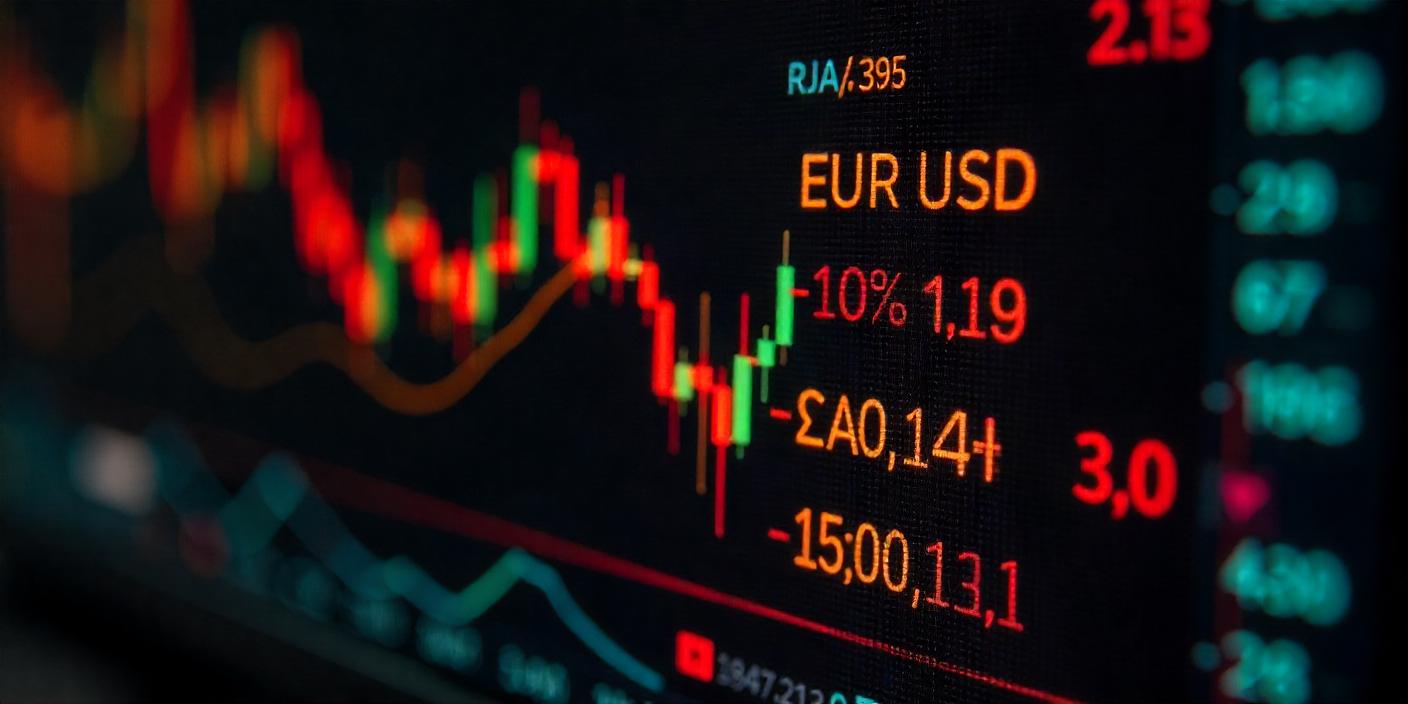Market Analysis
GOLD
Gold prices surged during the Asian session, bolstered by fresh uncertainty surrounding the Federal Reserve’s rate cut trajectory. This came after stronger-than-expected U.S. jobs data dampened hopes for an immediate cut. Adding fuel to the fire, Donald Trump unveiled a 100% tariff on non-U.S.-produced movies and hinted at future tariffs targeting the pharmaceutical sector—escalating trade tensions.
Both MACD and RSI are climbing steadily, reinforcing a bullish trend. Continued geopolitical disruptions and macroeconomic unpredictability are likely to support further buying interest. Traders should watch closely for optimal trade timing as this bullish wave progresses.
SILVER
Silver reversed into a buying stance after breaking recent lows and rebounding within a larger consolidation zone. The rally, however, lacks strong conviction, and price remains range-bound. With Trump’s volatile policy moves influencing commodities, sentiment toward metals like silver remains fluid.
We anticipate either sideways movement or a quick retest of lower levels. Trading signal indicators are mixed, so timing your trades in forex here requires flexibility and discipline.
DXY (U.S. Dollar Index)
The Dollar remains in consolidation as traders assess the Fed’s reaction to Trump’s aggressive trade agenda. Technicals show:
- MACD: Flattened, showing indecision
- RSI: Nearing overbought levels
While the overall structure supports cautious bullishness, the next move hinges on upcoming Fed statements. Those using a forex entry strategy should remain agile and responsive to changing headlines.
GBP/USD
GBP/USD continues its sideways drift as markets look to the Fed for direction. A Fed pause could weaken the Dollar, potentially favoring the Pound. Despite being range-bound, technicals lean bullish.
We’re watching for breakouts that align with precise market entry to capitalize on any upside potential.
AUD/USD
AUD/USD failed to push above the 0.64801 resistance, remaining locked in consolidation. Current structure suggests continued sideways movement.
- MACD: Downward momentum
- RSI: Near oversold
Although the long-term outlook remains bullish, we recommend waiting for confirmation before committing. Optimal trade timing is critical in this stagnant phase.
NZD/USD
The Kiwi is hovering around the 0.59796 mark, showing potential for continued bullish momentum.
- MACD: Turning bearish
- RSI: Oversold territory
This mismatch indicates a possible dip before a stronger rally. Traders should look for confirmation via trading signal indicators before re-entering long positions.
EUR/USD
The Euro remains directionless, trapped within a tight consolidation band. Without any structural break, we maintain a neutral bias. Entry strategies should be based on a confirmed breakout.
USD/JPY
USD/JPY shows the early stages of bearish momentum. The EMA200 is currently acting as support.
- MACD: Expected to roll over
- RSI: Nearing overbought
While bearish potential is growing, confirmation is still needed. Forex entry strategy should focus on reaction to EMA support.
USD/CHF
USD/CHF continues to consolidate. The broader trend remains bullish, but a clear breakout is required before re-confirming directional trades.
USD/CAD
USD/CAD is range-bound near the EMA200. No breakout has occurred, so we remain neutral for now. Wait for clear structure before executing precise market entry.
COT Reports Analysis
- AUD – WEAK (4/5)
- GBP – STRONG (4/5)
- CAD – WEAK (3/5)
- EUR – STRONG (5/5)
- JPY – STRONG (5/5)
- CHF – WEAK (2/5)
- USD – MIXED
- NZD – STRONG (2/5)
- GOLD – STRONG (2/5)
- SILVER – STRONG (5/5)
Final Thoughts
Volatility is increasing across forex and commodity markets, driven by conflicting data, Fed uncertainty, and Trump’s aggressive trade rhetoric. Gold has emerged as a key beneficiary of this risk-off sentiment, while the U.S. Dollar holds its ground despite weakening fundamentals.
Traders must lean on trading signal indicators, maintain adaptable forex entry strategies, and prioritize optimal trade timing to stay ahead. Expect more turbulence as central banks and politicians continue to shape global market sentiment.








